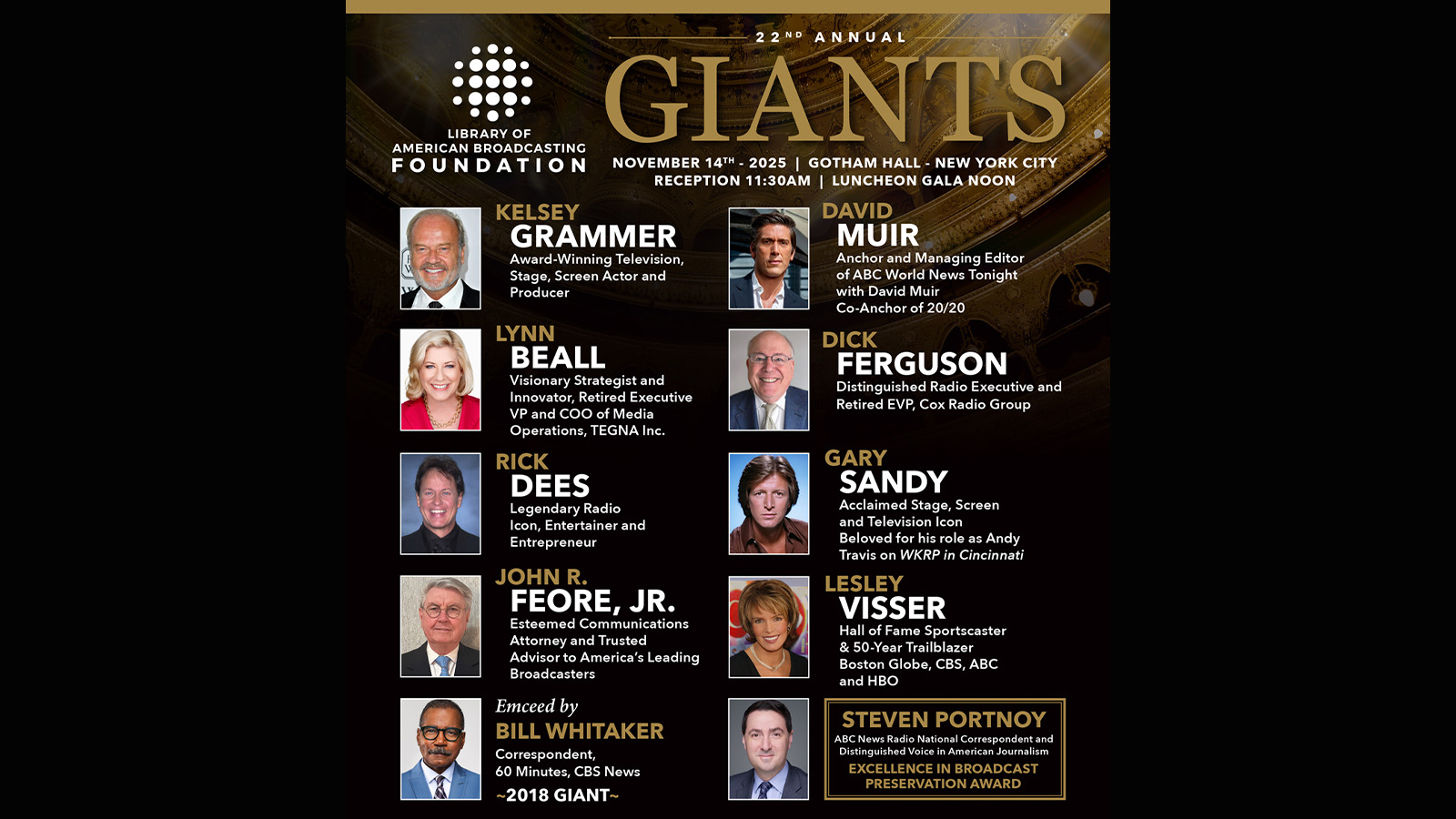ATSC Holds Annual Membership Meeting
WASHINGTON — “Today, Tomorrow & Beyond” may have been the stated theme of the 2014 ATSC annual meeting; however, the overwhelming focus was on one item in particular—ATSC 3.0, the next U.S. television broadcast standard that’s being developed by that group. It permeated virtually every presentation and panel discussion during the day-long May 8 event held at the Ronald Regan Building in downtown Washington.
Proceedings actually began a day earlier with a special ATSC 3.0 “Boot Camp” program that explained some of the inner workings of television’s next step forward, and provided status reports for various ATSC 3.0 working groups that are defining the technology and feature set going into planned standard.
Interest in ATSC 3.0 was evidenced from attendance figures for the Wednesday “Boot Camp.” According to event coordinators, approximately 50 persons had been expected to attend, but the actual attendance rose to more than twice that number.
Most of those attending the “Boot Camp” remained for the Thursday main event, with former U.S. Senator and now president and CEO of the National Association of Broadcasters, Gordon Smith, on hand to open the proceedings with an address—”America’s Broadcasters: Reaching Millions at Once”—in which he stressed the importance of broadcasting in today’s society as well as pushing for unity in developing what is intended to be the next U.S. TV broadcast standard—and what some hope will become a global standard for television.
“As efforts are underway to develop ATSC 3.0, we encourage the adoption of standards that would benefit all television broadcasters, supporting and strengthening their ability to provide the services that viewers rely on each day; to innovate to better serve their communities; and to compete in a mobile world,” said Smith, likely referring to an announcement by the Sinclair Broadcast Group’s announcement two days earlier that Sinclair, in concert with Coherent Logix, was developing a next-generation broadcast standard of its own.
Following Smith’s remarks, panel discussions were the order of the day, with topics centering on the changing face of television and the way that new and emerging technologies may shape the work of groups involved in forging ATSC 3.0.
One of these (“Ultra HD-Just Another Pretty Face?”) focused the move by industry to 4K and even 8K video resolutions and was chaired by the CEA’s Jeff Joseph, with panelists including LGE’s John Taylor and USA Today’s Mike Snider. In speaking of the importance and implications of UHD, Taylor commented: “This is only the beginning. Native 4K content is the Holy Grail…it’s coming first over-the-top and this is a tremendous opportunity for broadcasters through ATSC 3.0 to deliver that.”
Other panel groups dealt with business opportunities and challenges facing broadcasters and also with the technical roll-out of a new television standard and its place in a changing landscape of how consumers get and view their television programs.
A special moment at this year’s ATSC meeting reserved for a tribute to television pioneer Bernard Lechner who died on April 11. His passing was marked with a video tribute that commemorated his life and his work in advanced television.
Following the tribute to Lechner, the ATSC’s highest honor—the Bernard J. Lechner Outstanding Contributor Award—was presented to James A. Kutzner for his leadership and numerous technical contributions to ATSC.
Get the TV Tech Newsletter
The professional video industry's #1 source for news, trends and product and tech information. Sign up below.
James E. O’Neal has more than 50 years of experience in the broadcast arena, serving for nearly 37 years as a television broadcast engineer and, following his retirement from that field in 2005, moving into journalism as technology editor for TV Technology for almost the next decade. He continues to provide content for this publication, as well as sister publication Radio World, and others. He authored the chapter on HF shortwave radio for the 11th Edition of the NAB Engineering Handbook, and serves as editor-in-chief of the IEEE’s Broadcast Technology publication, and as associate editor of the SMPTE Motion Imaging Journal. He is a SMPTE Life Fellow, and a Life Member of the IEEE and the SBE.

